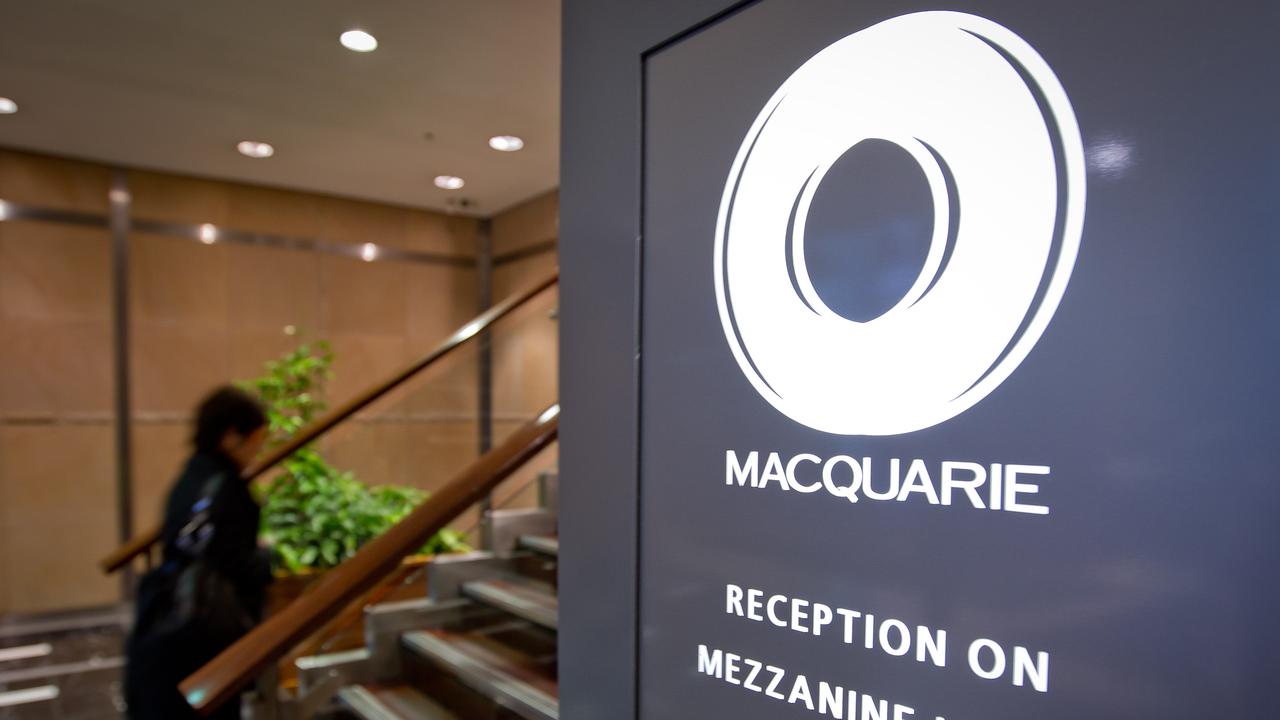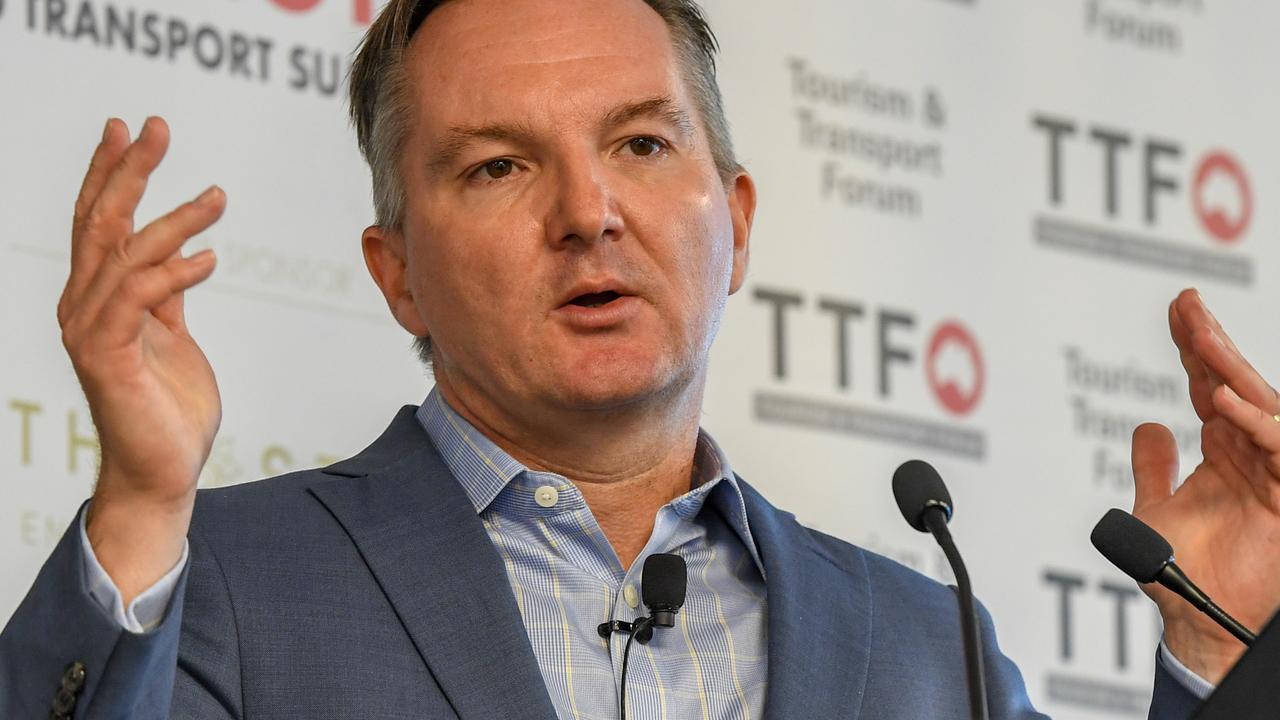BHP reaches out to retail investors at a time of risk-aversion
In the age of index hugging ETFs and forecast-focused analysts, firms need to talk to small shareholders if they want to grow.

Very few Australian firms have worried about directly communicating with retail shareholders. While there have been occasional retail shareholders meetings, most of the messages are directed towards analysts and institutions.
In the past, communicating with small shareholders was very difficult but modern technology now makes it much easier and, so, last Friday, BHP had its first webinar where chief financial officer Peter Beaven answered shareholders’ questions.
One thousand shareholders joined the first attempt. My guess is that if BHP keeps it up they will discover what works in executing and promoting the webinars and eventually there will be 5,000 watching.
Later I will look at some of the material that emerged from this first communication, including a fascinating surplus cash indicator.
BHP has woken up to the fact that the institutional shareholder base, with its short-term focus, is becoming a long-term danger to increased prosperity not just for BHP but all major companies.
The global capital system is starting to take on a shape that we have never encountered before. Between 20 and 30 per cent of world share markets are now owned by exchange-traded funds (ETF). These ETFs funnel money into the top indices and inevitably the largest companies. BHP theoretically wins but it creates a different style of shareholder.
Those who use these mechanisms don’t want the embarrassment of being caught out by underperforming the market. If they match the index they will have no embarrassment. But of course it creates a vicious cycle because as the money pours into the index so it performs and attracts even more money. And for ETF investors the old concepts of dividend yield and price earnings ratios and growth prospects have been cast aside. Many institutions no longer have a deep understanding of major companies.
These shareholders often exercise their voting rights on advice from two or three groups that provide that service. They also know little about the vast number of companies they advise on and they tend to be anti-risk.
Add to the mix analysts who want their profit and cash flow predictions realised and usually are concerned that risk taking interferes with those sums.
Currently, bond interest rates are very low and companies can raise money on attractive terms but those institutions that actually look to performance want very high returns — sometimes around 15 or 20 per cent.
These forces are contributing to very cautious boards of big corporations that are reluctant to invest for growth. They know that if they make a short-term mistake and their stock starts to fall in the indices they will be automatically sold down by the indexed investors and that multiplies the adverse reaction.
So, in Australia and around the world, many companies are building up cash reserves and not investing. Fascinatingly, in Australia, the ASX smaller companies index has actually performed better than the leaders because they don’t have the same pressures.
But small investors have a real interest in the companies where they invest their money. And while income is important, they can understand a growth story and will back the company in the longer term if they have faith in the managers.
But at this stage they rarely see or have an information exchange with the top people in the companies where they invest. If large companies want to grow and take risks then they will need the backing of their small shareholders and they will only get that backing if they communicate with them.
Peter Beaven made an excellent start but the first thing that struck me was that BHP communicates in US dollars.
My guess is that when it comes to profit, earnings per share and dividends, Australian retail shareholders want the figures in Australian dollars.
Beaven also used the term “free cash flow” saying that it was $US5 billion in the first half year and if current mineral/oil prices hold it will be around $US7bn in the second half year.
In discussions with retail shareholders “free cash flow” is a term that needs explanation via a chart, but in essence it’s the BHP operating cash flow less dividends and capital expenditure.
That $US7bn estimate will have been reduced by the higher half yearly dividend but increased by major BHP cost reductions (Beaven promised cost reductions would continue beyond 2017-18).
If we add the free cash flow plus the proceeds of the sale of shale oil assets, we are looking at very large sums available to BHP.
Beaven underlined to small shareholders that BHP has three basic choices in deciding what to do with the cash:
Firstly, it can reduce debt. Its debt target is between $US10bn and $US15bn. Current debt is about $US15bn, so my guess is that the debt will fall much closer to the $US10bn mark.
Secondly, it can return money to shareholders via buybacks or dividends.
Thirdly, BHP can invest more money in the business.
After years in the doldrums the mining industry is turning upwards.
If BHP managers are doing their job they will be finding more opportunities than there were, say, a year or two ago. The institutions will be aghast at this prospect.
If BHP (or any other company) invests more than expected in expansion, the institutions will hammer the stock even though that means their members suffer.
“Who cares — it’s our forecasts that count”, is the institutional chant.
But retail shareholders don’t have such forecasts and are more sophisticated long term thinkers than most institutional managers so if a company is to grow and prosper it must keep up a dialogue with retail shareholders.
That’s why last Friday was so important.







Behind BHP’s decision to reverse decades of neglect of small shareholders are issues that affect almost all major Australian companies.